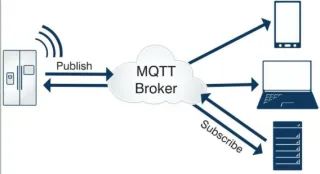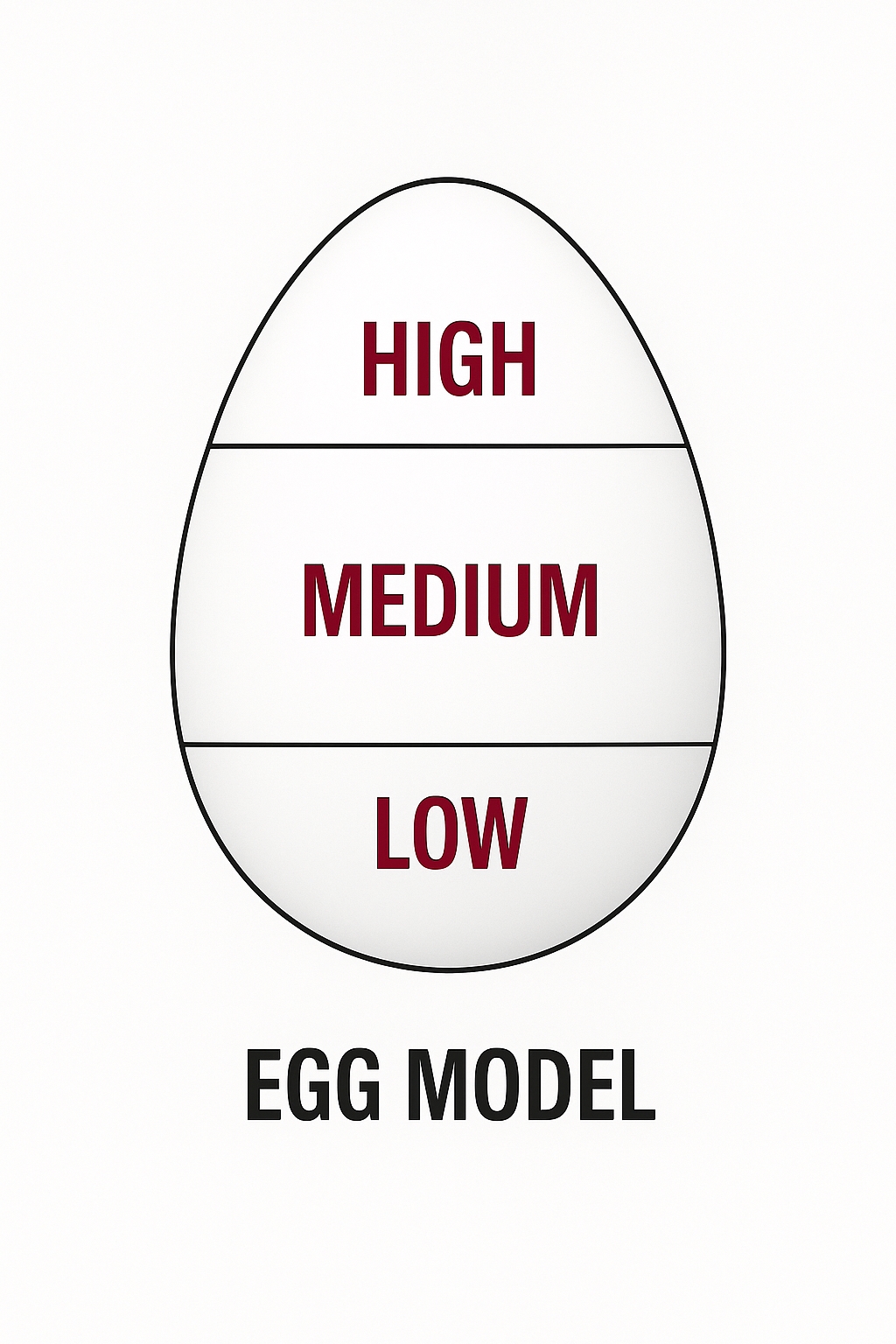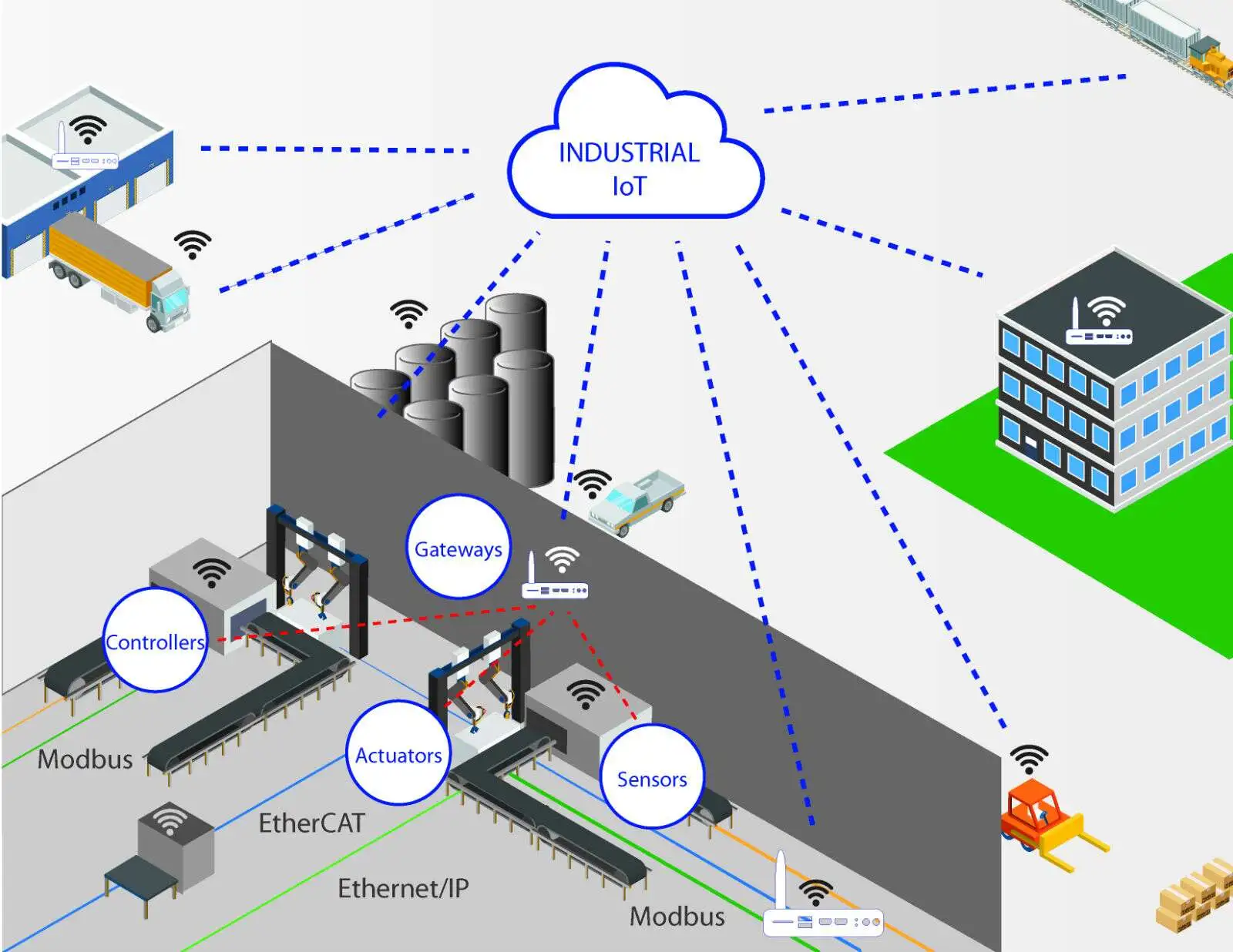Abstract
With technological development, IoT technology in China has advanced significantly. To improve the stability of power metering services and ensure the reliability of metering data, this article presents an IoT-based smart power metering service platform that integrates cloud computing and big data. The platform provides services such as centralized power meter reading, energy consumption management, electrical safety, prepaid billing, and intelligent operation and maintenance, enabling monitoring, alarm, and maintenance processes to become more automated and data-driven.
Introduction
With the progress of smart grid and IoT technologies, using 2G/4G/NB-IoT networks for meter-data transmission has grown rapidly. Metering terminals are often widely distributed and can be affected by power outages, terminal faults, or weak network coverage, causing remote metering devices to fail to transmit data and delaying meter data reporting. To improve service stability and data reliability, this work designs and implements an IoT-based smart power metering service platform using big data and cloud computing, establishing uniform uplink/downlink data standards and offering multiple services including centralized meter reading, energy management, electrical safety, prepaid billing, and intelligent O&M to realize informatized, automated, and intelligent monitoring, alarms, and maintenance.
Key Technologies
IoT Technology
IoT technology is an intersection of embedded systems, networking, and software engineering. It relies on sensing and communication technologies such as infrared sensors, RFID, GPS, and others to implement intelligent interactions according to defined protocols.
The IoT architecture is commonly divided into three layers: perception, network, and application. The perception layer includes metering and sensing devices. The network layer comprises protocol stacks and their hardware/software implementations. The application layer includes centralized or distributed cloud computing platforms and user applications, forming the interface between "things" and users.
IoT communication protocols are divided into access protocols and transport protocols. Access protocols refer to low-level protocols for device-to-device communication in the perception layer. Transport protocols are based on TCP/IP and handle application-layer data exchange; a common IoT transport protocol is MQTT. MQTT uses a push mechanism to reduce short-term concurrent load on servers, provides three quality-of-service levels, and enables asynchronous, efficient communication in resource-constrained networks. This article adopts MQTT.
MQTT Protocol
MQTT (Message Queuing Telemetry Transport) was introduced by IBM in 1999. Built on TCP/IP, it is a lightweight publish/subscribe messaging protocol. MQTT's main advantage is providing real-time, reliable messaging with minimal code and limited bandwidth, making it suitable for IoT, small devices, and mobile applications. It uses a client-server message broker model with three primary roles: publisher, broker, and subscriber. The broker relays messages from publishers to all subscribers of a topic, enabling one-to-many message distribution and decoupling producers from consumers.

System-Level Design
The energy IoT focuses on energy supply, energy management, equipment management, and consumption analysis. It links energy production, distribution, consumption, and conservation, integrating human and device connectivity to form an energy IoT ecosystem mediated by the platform. IoT hardware and energy stakeholders interact with the platform through data flows and business processes.
Network Topology
The Acrel-EIoT energy IoT cloud platform adopts a layered distributed architecture consisting of perception, network, and platform layers.
- Perception layer: Various sensors and metering devices connected to the network, including multifunction meters, prepaid meters, multi-circuit meters, IoT electricity and water meters, electric-bike charging piles, vehicle chargers, and streetlight controllers.
- Network layer: Smart gateways that collect perception-layer data, perform protocol conversion and local storage, and then upload data to the energy IoT cloud platform.
- Platform layer: Application and data servers providing access via PC or mobile clients.
Platform Architecture
The Acrel-EIoT platform uses a layered distributed network architecture, comprising perception, data, application, presentation, and operations layers.
The sensor layer includes the vendor's product portfolio and forms the system's hardware foundation, covering multifunction meters, prepaid meters, multi-circuit meters, IoT electricity and water meters, electric-bike chargers, vehicle chargers, and streetlight controllers.
The intermediate data processing platform handles data processing, storage, and exchange. To ensure processing capacity, real-time, historical, and business data are stored in separate databases, and multiple interfaces enable data exchange with third-party systems.
The application layer implements functional modules organized around energy flow: energy supply, energy management, equipment management, and consumption analysis. Energy supply includes centralized meter reading and intelligent O&M modules. Energy management covers electrical safety and power quality. Equipment management includes smart lighting, prepaid billing, and charging-pile modules. Consumption analysis provides energy management and value-added services. The platform offers web and mobile interfaces for human-machine interaction, enabling operational users to access and operate the system.
Platform Functions
Energy Supply
1) Centralized Meter Reading
Distributed networked equipment rooms of various sizes are widely deployed across branch locations. Without proportionate monitoring systems, many unattended rooms lack timely detection of environmental, equipment, personnel, and fire-safety changes, which makes it difficult to foresee and prevent risks. Installing environmental monitoring in distribution rooms for online monitoring is necessary to ensure stable operation of distribution equipment.
The centralized meter reading module enables querying, analysis, warning, and consolidated display of monitoring data to maintain a safe environment in distribution rooms. It supports remote telemetry, telecontrol, and tele-signaling for unified detection and management. For data resource management, the module can display or query historical and real-time operating parameters for devices in the power distribution room and generate daily, monthly, or yearly reports for improved efficiency.
2) Intelligent Operation and Maintenance
There are millions of high-supply high-metering commercial and industrial customers, yet most daily O&M work remains traditional, with high labor costs, low efficiency, long repair times, and weak preventive measures. National grid operators and many power maintenance companies are expanding in this market.
The intelligent O&M module uses multifunction meters, wireless communication, edge-computing gateways, and big-data analytics. Smart gateways collect local site data and periodically push it to the cloud. The platform can handle data from thousands of substation sites simultaneously. Collected data includes electrical parameters and environmental data such as current, voltage, power, switch status, transformer temperature, ambient temperature and humidity, water ingress, smoke, video, and access control. If an anomaly occurs, the system sends an alert via SMS and app notification within 10 seconds. The platform issues O&M tasks to designated personnel via mobile app, tracks execution via GPS to close the loop, improving maintenance efficiency and enabling prompt fault remediation.
Energy Management
1) Electrical Safety
Electrical causes accounted for roughly 30%–34% of fires during 2016–2018. In 2018, tens of thousands of fires were reported where violations of electrical installation and use regulations were significant contributors. Regulators have promoted smart electrical safety solutions to prevent electrical fires at the source. Safety-use platforms are now widely deployed in densely occupied facilities such as small businesses, combined-use venues, care homes, medical sites, schools, and financial outlets.
The electrical safety module continuously monitors and analyzes factors that can cause electrical fires, including cable temperature, leakage current, load current, and voltage. Data is collected via 2G/NB-IoT/4G to detect hazards in wiring and equipment in real time (for example, cable overheating, overload, overvoltage, undervoltage, and leakage). Alerts are delivered via SMS, app push, or automated voice calls to prevent fires. The system displays monitored parameters and cable temperatures, supports inspection records and work orders, and provides safety risk analysis reports for real-time assessment of electrical safety.
2) Power Quality
Power quality has become a major concern as sensitive equipment proliferates and system scales and demand increase. The goal of power-quality analysis is to identify disturbance types and sources so that corrective actions and compensation can be applied. Accurate and timely detection of disturbance signals is critical to improving power quality.
Power-quality monitoring covers three-phase unbalance, harmonics, and power factor, with vector diagrams to show three-phase imbalance. Alarms are triggered for severe imbalance or low power factor, and notifications are sent via app, SMS, email, or voice.
Equipment Management
1) Smart Lighting
As living standards rise, requirements for work and living environments increase, and lighting consumes a significant share of total energy. Lighting accounts for roughly 10% of electricity consumption and may grow with continued economic development. Smart lighting uses IoT to continuously monitor electrical status of lighting circuits across urban areas. The platform infers lamp status by monitoring current and voltage. Abnormal states generate warnings and alarms that are pushed to responsible personnel via mobile app, SMS, voice calls, email, or messaging platforms to prompt rapid response to issues such as contactor trips or power loss.
2) Prepaid Water and Electricity
The prepaid utility module supports property management for malls, residential complexes, office buildings, serviced apartments, schools, factory dormitories, and distributed financial operations for large retailers. Prepaid water and electricity systems have been widely adopted and stabilized across these scenarios, enabling property managers and institutions to manage tenant or dormitory utilities and safety through online payment and centralized financial control.
3) Vehicle and E-bike Charging Operation
Electric vehicles and e-bikes are widely used, but related safety and fire incidents have increased, creating public-safety risks. Regulations emphasize managing parking and charging behaviors. The charging operation module connects charging stations and individual chargers to the IoT system for continuous data collection and monitoring. It provides early warnings for faults such as charger over-temperature, input/output overvoltage or undervoltage, and insulation faults. Users scan a QR code via a mini program to pay, and the system initiates charging for the corresponding charger. Chargers can optionally connect via Wi-Fi or RS modules to the Internet, using encryption and key distribution techniques over TCP/IP for direct cloud connectivity.
This module provides charging-safety, asset, and transaction management for charger operators, addressing charging availability, management, and billing challenges for sites such as commercial buildings, residential complexes, schools, and hospitals.
Energy Analysis
1) Energy Management
Under dual targets for energy consumption intensity and total consumption, enterprises must respond to consumption control while ensuring production. Many enterprises still operate energy sources (electricity, water, gas, cooling, heat) independently, suffering from insufficient metering, low measurement accuracy, unreliable manual readings, and limited capability to evaluate equipment energy efficiency. This leads to a lack of decision support for energy-saving measures and difficulty implementing management actions.
The energy management module applies automation and information technologies to automate data collection, process monitoring, energy-medium consumption analysis, and energy-management workflows. Using advanced data processing and analysis, the system supports offline production analysis and unified plant-level energy dispatch, optimizes energy-medium balance, improves energy utilization, reduces consumption, and enhances overall energy management.
2) Value-Added Services
Industrial SCADA and configuration
Traditional industrial automation configuration development requires developers to write code and understand development frameworks, resulting in long development cycles and high skill requirements. Deployments are often on-site, reducing accessibility. With fast-evolving industrial internet demands, vendors without configuration software backgrounds struggle to keep up.
The industrial configuration module in the Acrel-EIoT platform addresses deployment and accessibility limitations by enabling drag-and-drop interface design with a rich component library, allowing users without coding skills to build configuration pages and support data display and remote control.
3D visualization
3D visualization provides multi-dimensional views through virtual simulation to support digital services and bidirectional energy-economic management. Key capabilities include real-time synchronization of regional information, global visibility of energy consumption, visual monitoring of equipment status, intelligent inspection with automatic analysis of devices along inspection routes (power quality, electrical safety, consumption anomalies), and recording of inspection results.
Conclusion
With widespread 4G and rapid 5G development, and technologies such as NB-IoT, the scale of device connectivity has expanded quickly and IoT is embedded across many vertical industries. However, IoT terminals are often widely distributed in complex installation environments with unreliable network signals, making daily management and troubleshooting challenging. This article designed and implemented an IoT-based smart power metering service platform that uses big data and cloud computing, establishes uplink/downlink data standards, and provides services including centralized meter reading, energy management, electrical safety, prepaid billing, intelligent O&M, and smart lighting. The platform improves metering service stability and data reliability while enabling informatized, automated, and intelligent monitoring, alarm, and maintenance workflows.
 ALLPCB
ALLPCB







